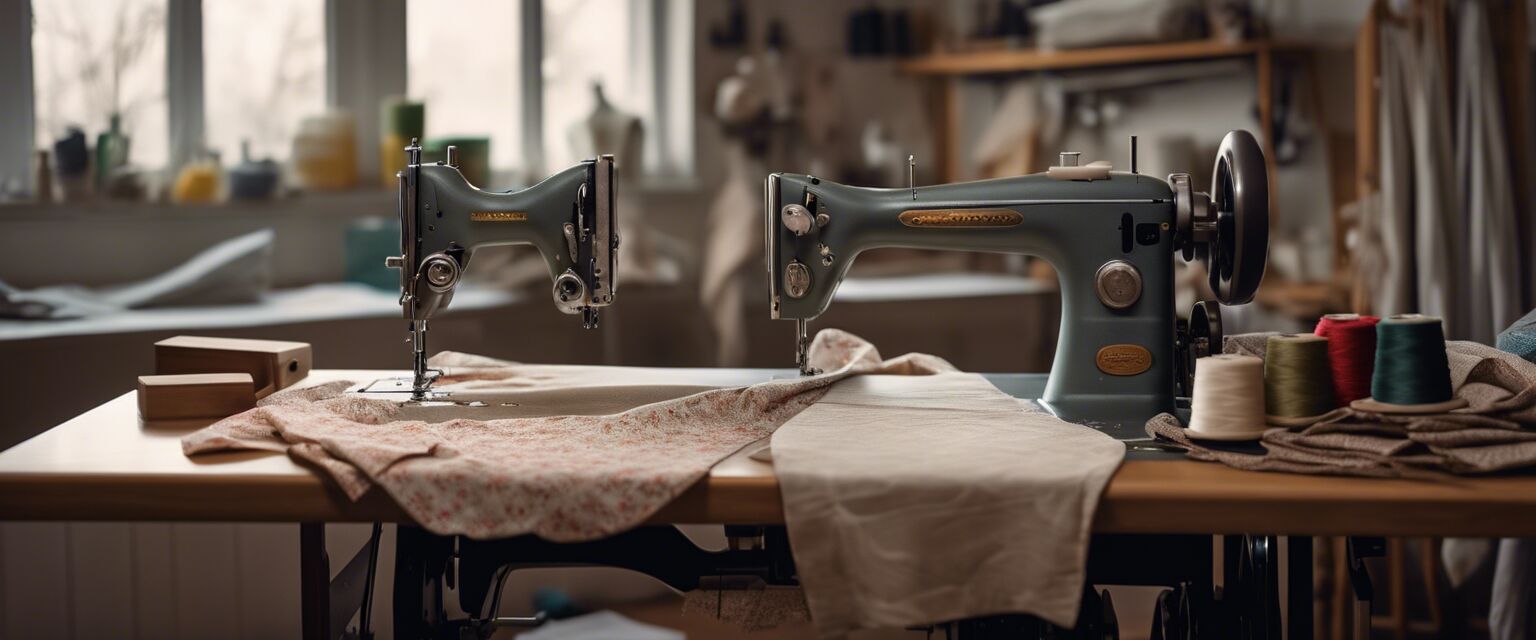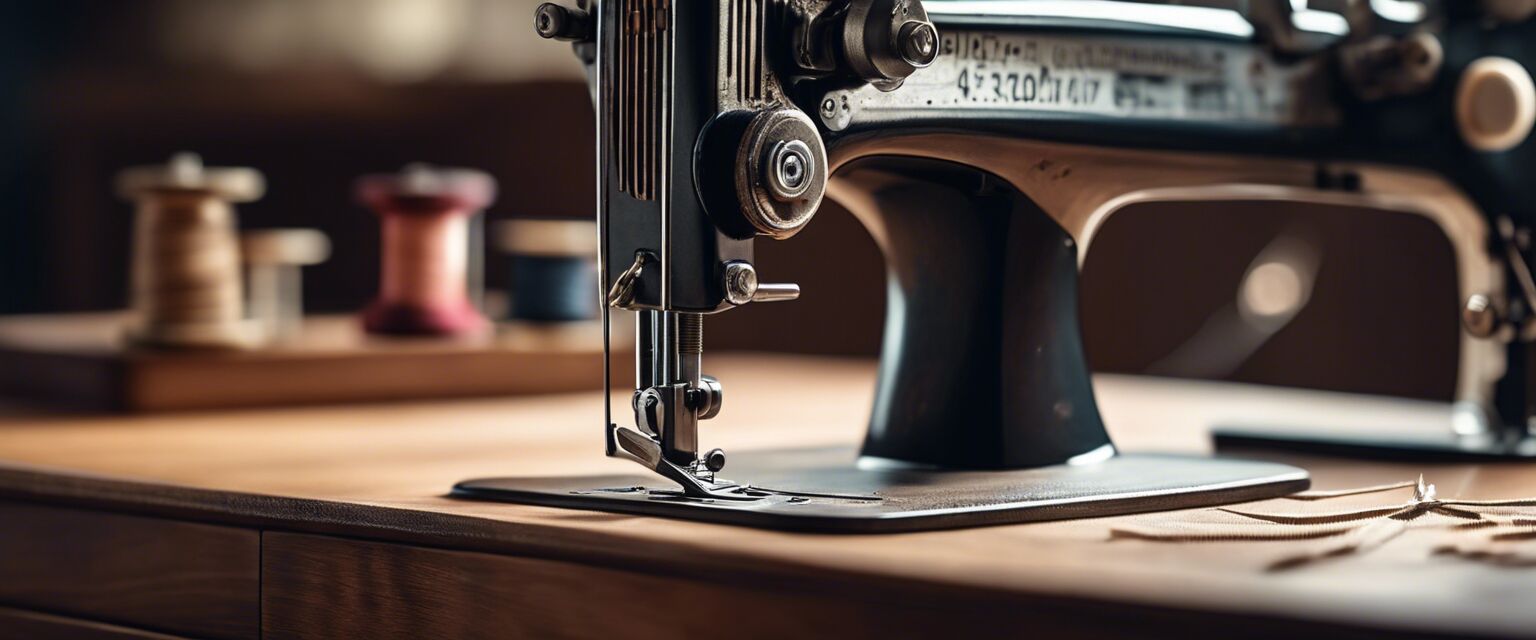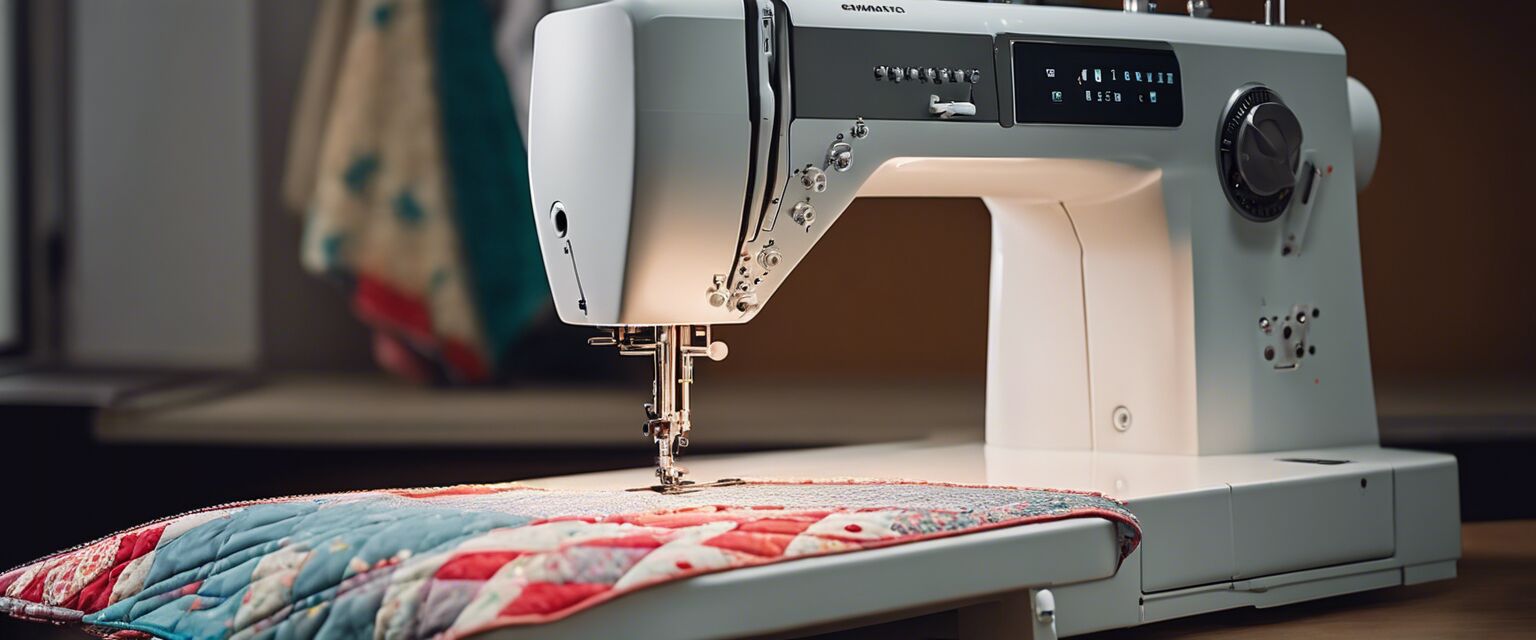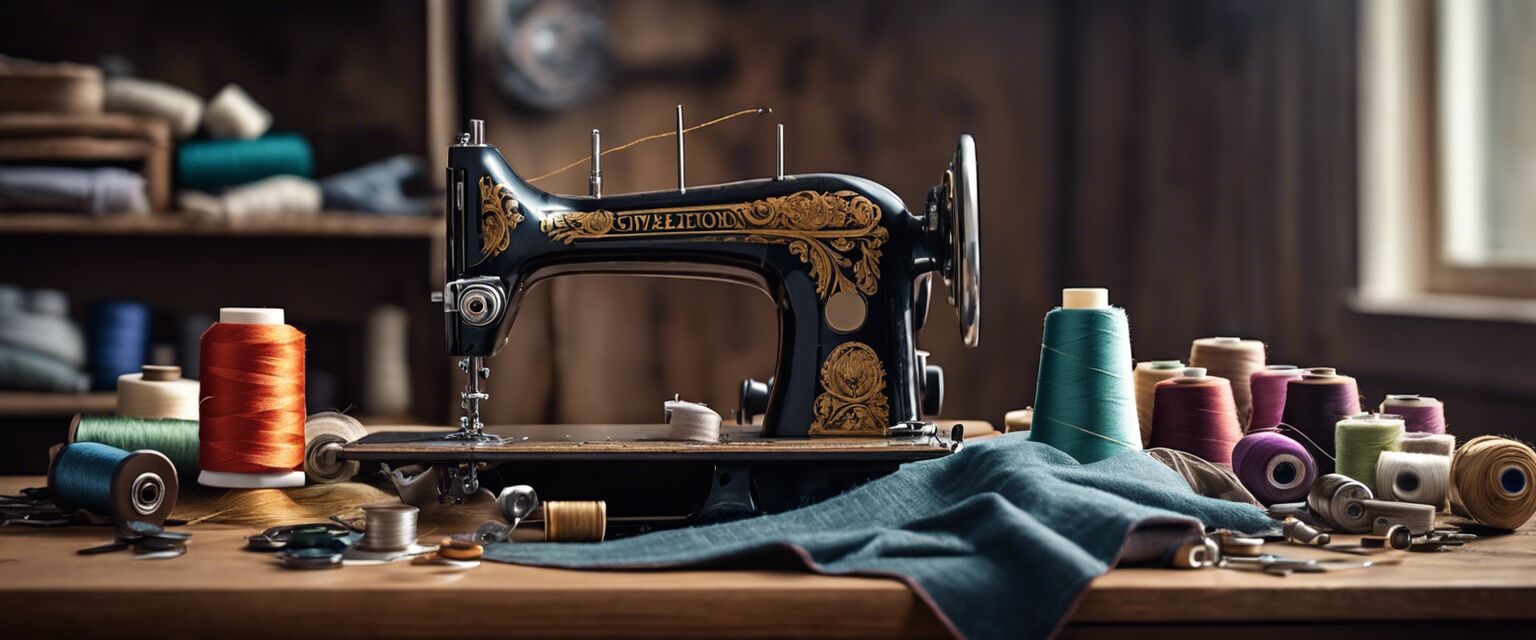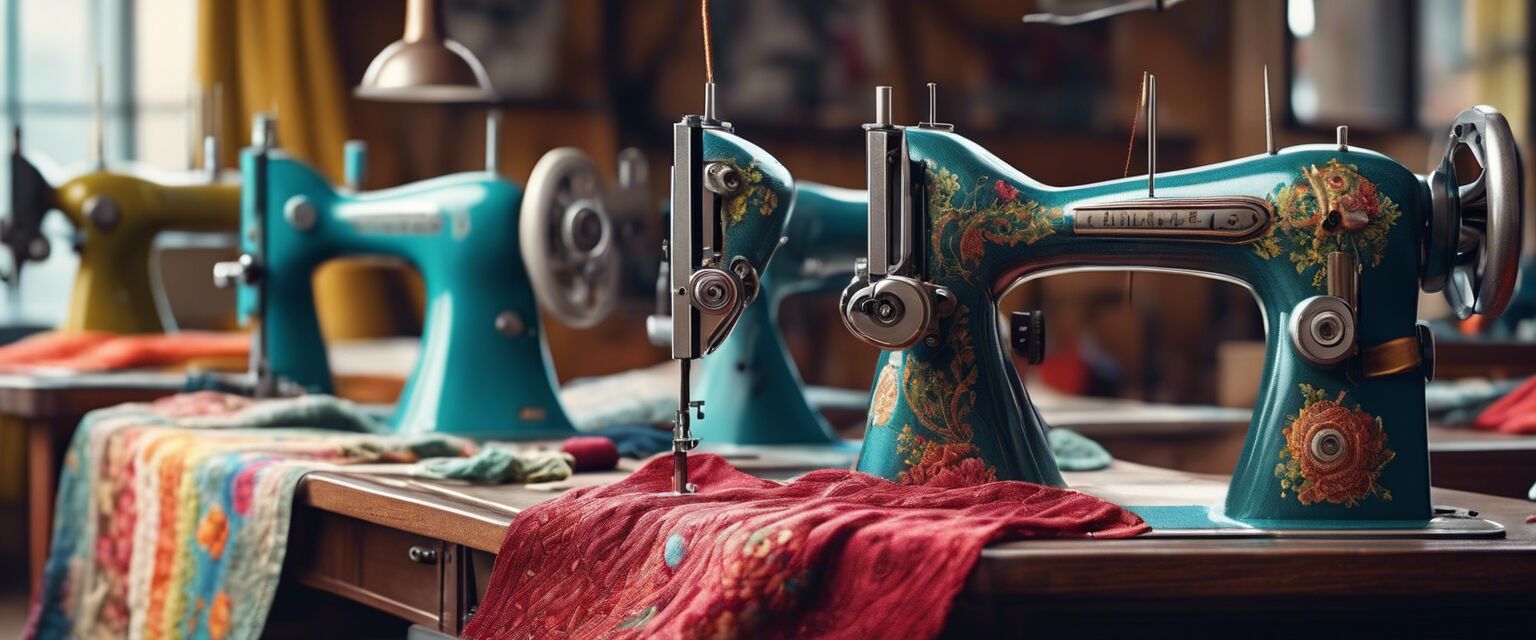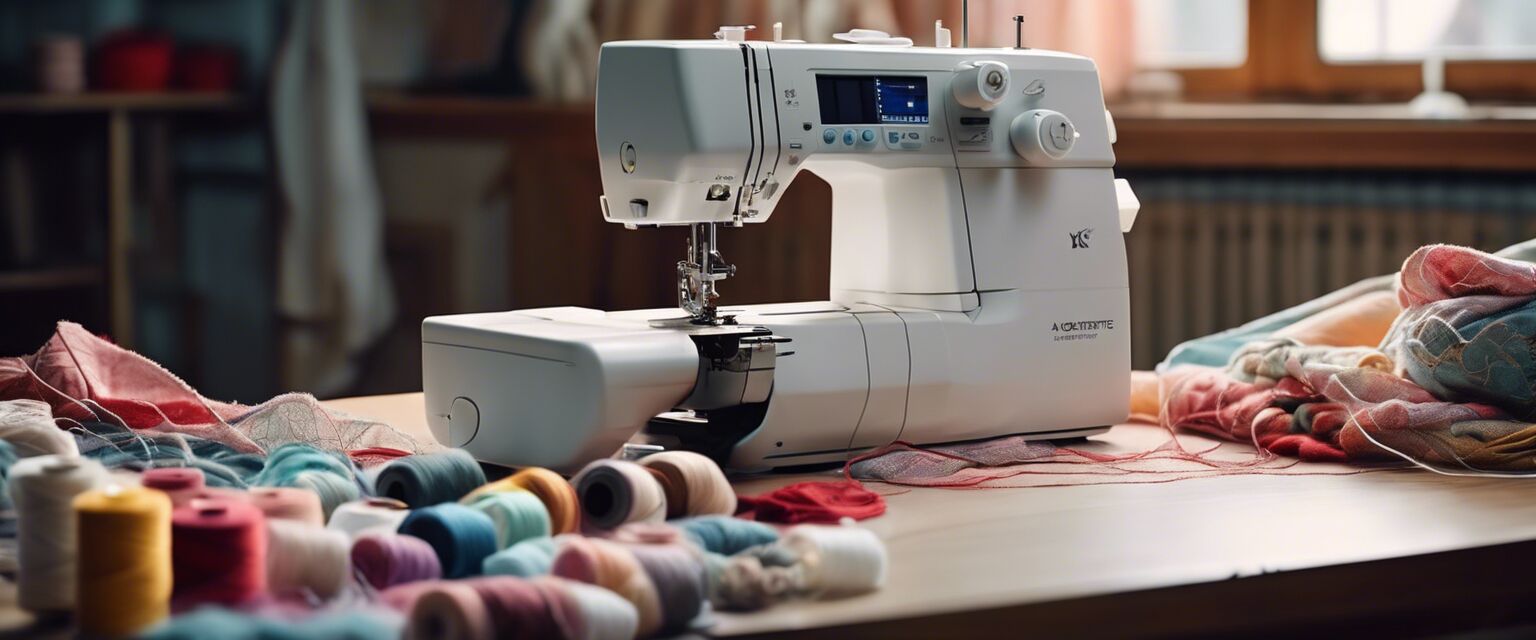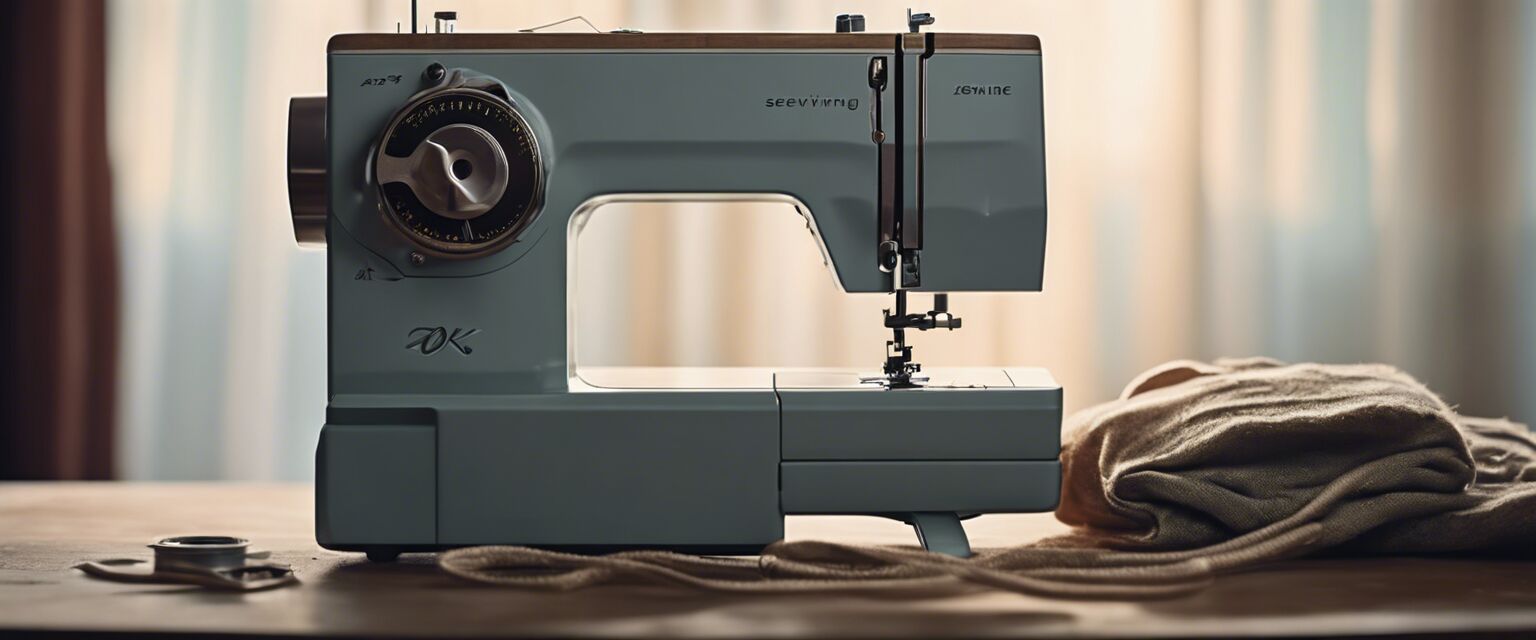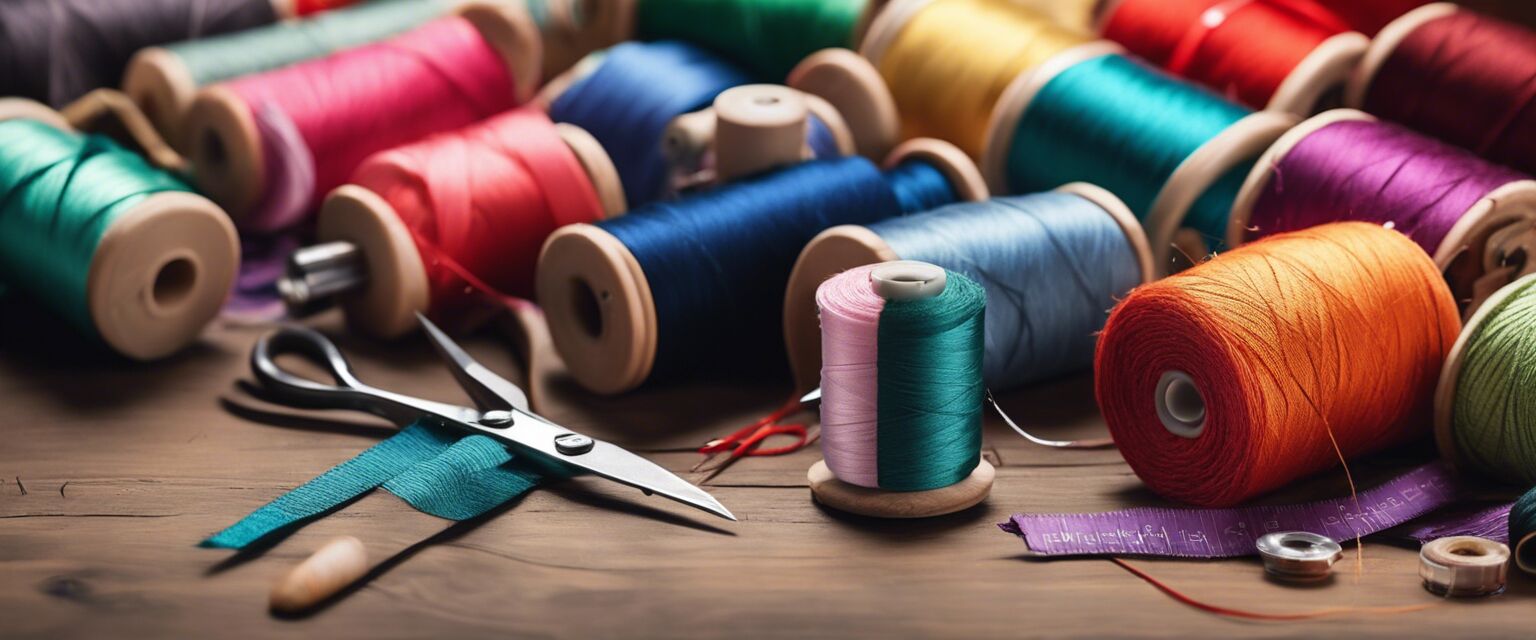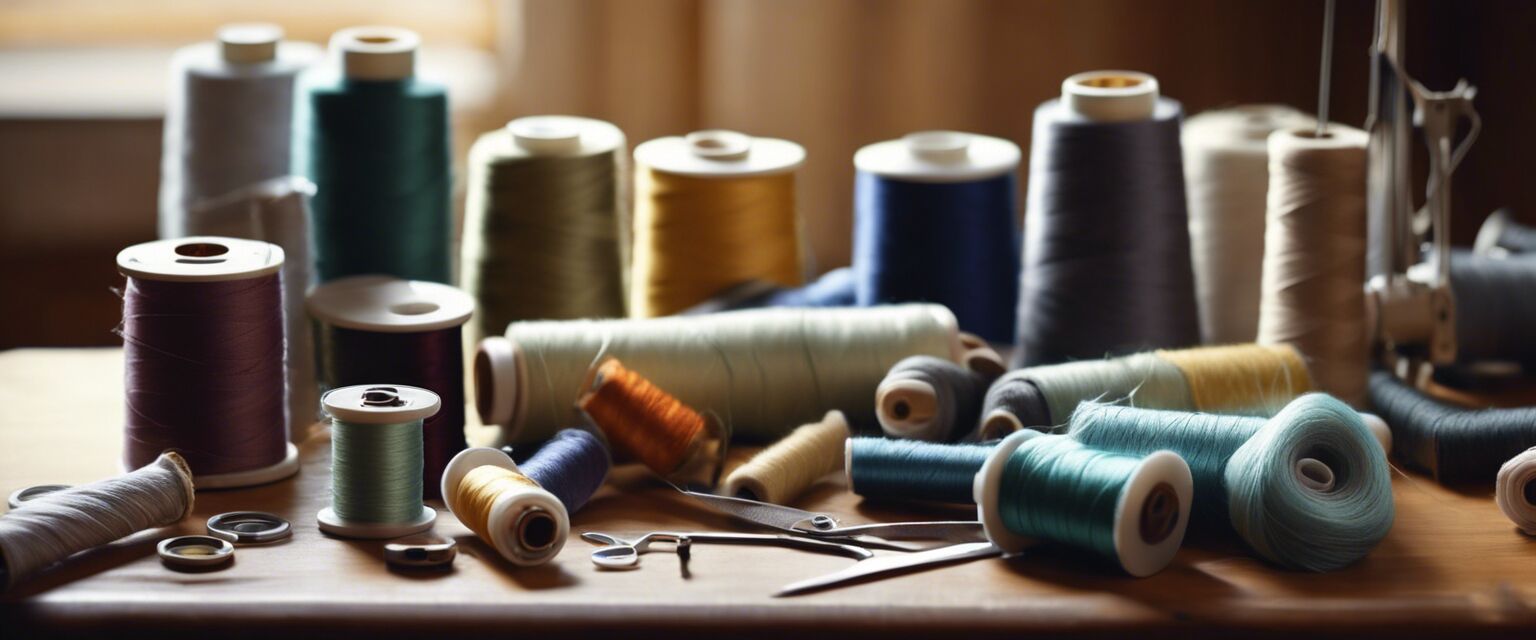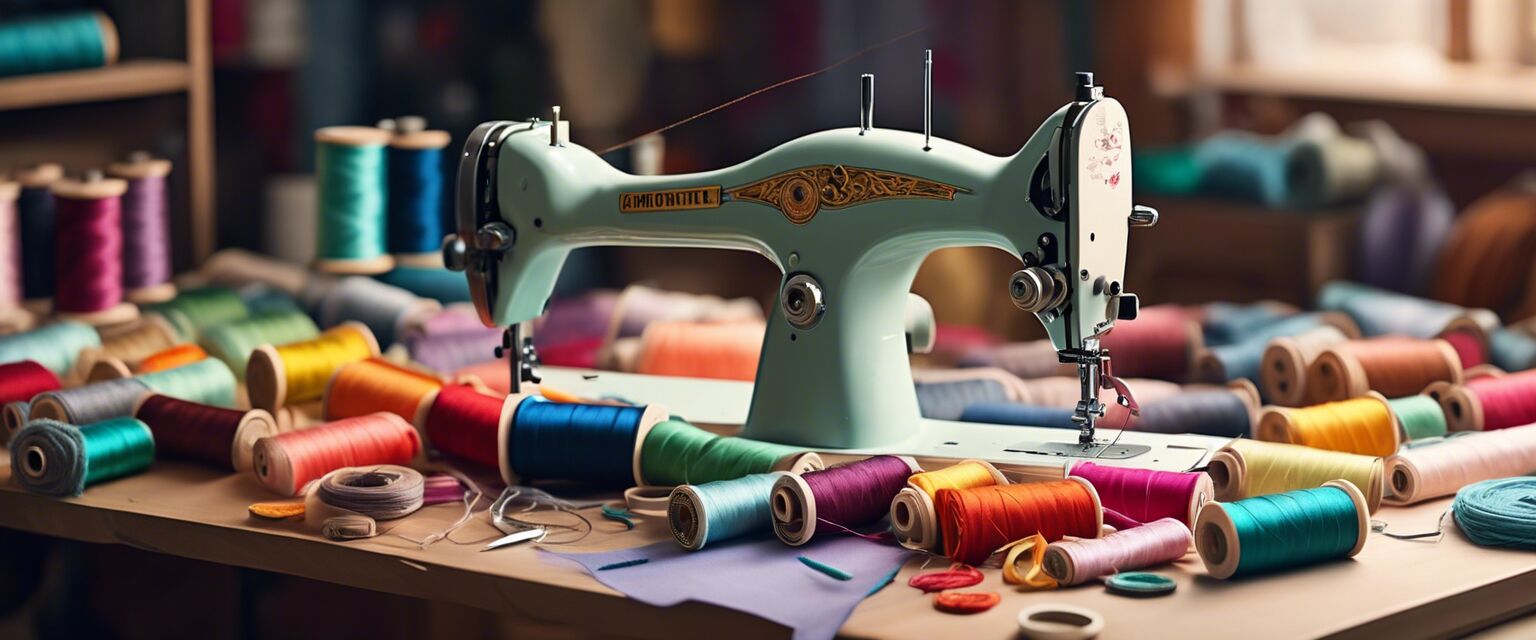
Sewing Patterns and Templates
Whether you're a seasoned seamstress or just starting out, sewing patterns and templates are essential tools to help you create beautiful garments and home decor items. In this article, we'll explore the different types of sewing patterns and templates, where to find them, and provide tips on how to use them effectively.
Key Takeaways
- Understanding the different types of sewing patterns and templates
- Where to find sewing patterns and templates, both online and offline
- Tips for using sewing patterns and templates, including measuring, tracing, and adjusting
Types of Sewing Patterns and Templates
Sewing patterns and templates come in various forms, each serving a specific purpose. Here are some of the most common types:
| Type | Description |
|---|---|
| Paper Patterns | Pre-printed paper patterns that provide a guide for cutting and sewing fabric |
| Digital Patterns | PDF files that can be downloaded and printed at home, often customizable |
| Template Sets | Pre-cut templates made of plastic or cardboard, used for tracing and cutting fabric |
| Rulers and Gauges | Measuring tools used to ensure accuracy and precision when cutting and sewing |
Where to Find Sewing Patterns and Templates
You can find sewing patterns and templates at various online and offline sources. Here are some popular options:
- Sewing Accessories stores
- Online marketplaces like Craftsy and Etsy
- Sewing blogs and websites, offering free or paid patterns and templates
- Local fabric stores and sewing supply shops

Tips for Using Sewing Patterns and Templates
To get the most out of your sewing patterns and templates, follow these tips:
Beginners Section
- Always read the instructions and reviews before starting a project
- Measure yourself accurately to ensure a good fit
- Choose the right fabric for your project, considering factors like texture and stretch
When using paper patterns, make sure to:
- Trace the pattern pieces carefully, using a ruler or tracing wheel
- Adjust the pattern as needed, considering factors like body shape and personal preference
- Use a walking foot or Teflon foot on your sewing machine to help guide the fabric

Conclusion
Sewing patterns and templates are essential tools for any sewer, providing a guide for creating beautiful garments and home decor items. By understanding the different types of patterns and templates, where to find them, and how to use them effectively, you'll be well on your way to sewing success.
Pros
- Accurate measurements and fitting
- Time-saving and efficient
- Endless design possibilities
Cons
- Can be overwhelming for beginners
- May require adjustments for personal fit
- Some patterns may be outdated or hard to find
Ready to start creating? Check out our Sewing Patterns section for a wide range of options, or explore our Sewing Accessories for tools and supplies to help you get started.
